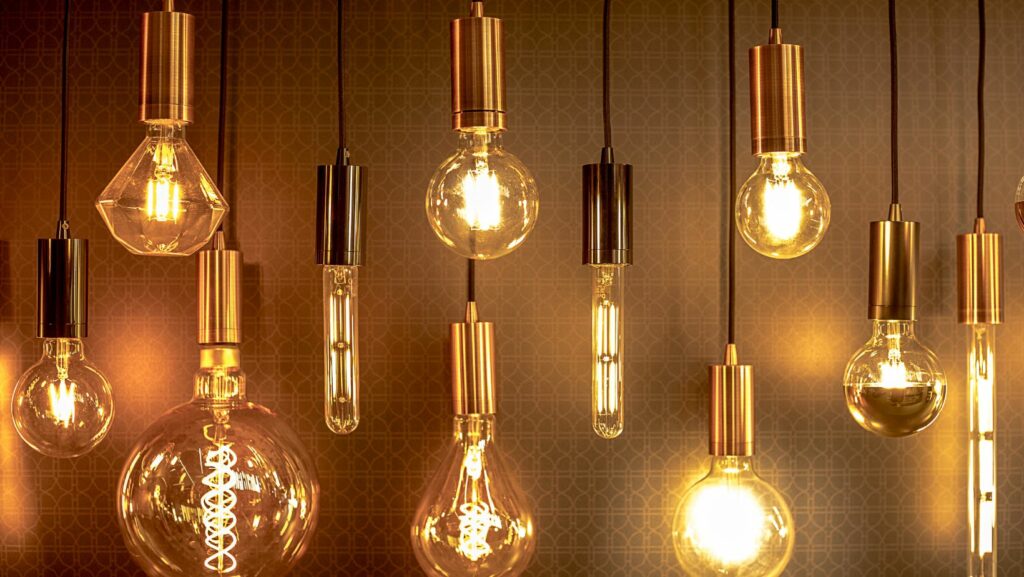The Art of Lighting
Lighting is much more than a practical necessity; it’s an art form that can transform any space. The right lighting sets the mood, highlights architectural features, and complements your decor. This guide aims to illuminate the path to becoming a connoisseur of chic lighting, helping you to choose the perfect lighting solutions that blend functionality with style.
Embracing Designer Lighting
When it comes to elevating the ambiance of a room, designer lighting plays a pivotal role. It’s not just about the light emitted but also about the statement the fixture makes. Designer lighting pieces are like art – they can be the focal point of a room, reflecting your style and personality. Whether it’s a classic chandelier or a modern pendant, these pieces are crafted to make an impact.
Understanding Different Types of Lighting
To master the art of lighting, it’s crucial to understand its different types. Ambient lighting provides the overall illumination of a space. Task lighting focuses on specific areas for activities like reading or cooking. Accent lighting is used to highlight features such as artwork or architectural details. Each type plays a unique role in creating a harmonious balance.
The Power of Layering Light
Layering light is a key principle in sophisticated lighting design. By combining different types of lighting, you can create depth, interest, and functionality. For example, a room might have a central chandelier for ambient light, table lamps for task lighting, and wall sconces for accent lighting. This approach allows for flexibility and adaptability in how a space is lit.
Color Temperature and Mood
The color temperature of light bulbs is an often overlooked aspect of lighting design. Bulbs with a warm white color temperature create a cozy and inviting atmosphere, ideal for living rooms and bedrooms. Cooler white bulbs are energizing, making them suitable for bathrooms and kitchens. Choosing the right color temperature can significantly affect the mood and feel of a room.
The Role of Dimmers and Controls
Dimmers and lighting controls are essential for customizable lighting. They allow you to adjust the intensity of light to suit different times of the day or various activities.

With dimmers, you can transform a brightly lit family room into a cozy movie-viewing space with just a turn of a knob or a press of a button.
Choosing the Right Fixtures for Your Space
Selecting the right lighting fixtures is a crucial decision. Consider the size, style, and function of the room. A large, ornate fixture can act as a statement piece in a spacious living room, while sleek, minimalist designs are more suited to modern spaces. The key is to choose fixtures that complement your decor and enhance the overall aesthetic.
The Importance of Natural Light
While artificial lighting is important, natural light should not be overlooked. Maximizing natural light can reduce the need for artificial lighting and bring a sense of warmth and openness to your space.

Consider the placement of windows, and use mirrors and reflective surfaces to amplify natural light.
Sustainable Lighting Solutions
Sustainability in lighting has become increasingly important. LED lights are energy-efficient and have a longer lifespan than traditional bulbs. They also come in a variety of color temperatures and styles, making them a versatile choice for environmentally conscious lighting.
Crafting a Well-Lit Home
Mastering the art of lighting is about understanding the balance between form and function. It’s about choosing the right fixtures, understanding the impact of color temperature, and using light to create ambiance and mood. By following these guidelines, you can craft a well-lit home that is not only functional but also a reflection of your personal style and elegance.


More Stories
Essential Tips for Purchasing the Perfect Sofa
Essential Tips for Hiring the Right Construction Company
Common Plumbing Issues and Practical Pro Tips on Solving Them